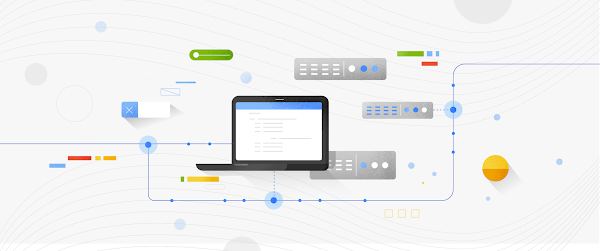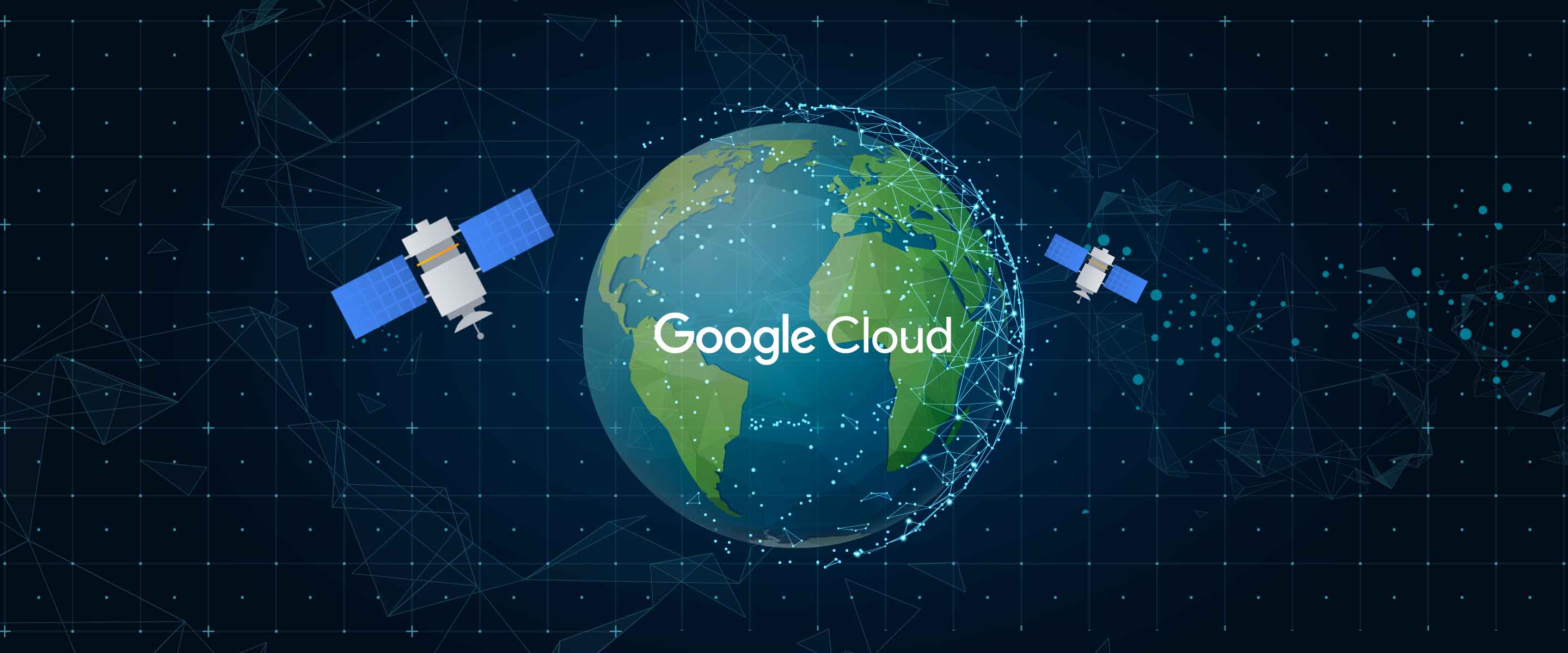There can be considerable friction in moving databases from platform to platform. If you’re doing a lift-and-shift to Google Cloud, your ability to take advantage of cloud features slows down when you have to handle all the intricacies of:
- Devising a migration strategy for safely and efficiently moving data (while managing downtime)
- Assessing the impact of the migration
- Database preparation
- Secure connectivity setup
- Data replication
- And migration validation
Beyond that, there might be manual work to rewrite database code for a new engine or rewrite applications, and deep validation of aspects like performance impact.
It goes without saying that migration to the cloud is a complex process with many moving parts and personas involved, including a network administrator to account for infrastructure/security requirements like VPN. Most DBAs know that one of the largest risks of migrating a database is downtime, which often prevents companies from taking on the heavy task. Typically you shutdown the application, create a backup of the current database schema, perform all required update operations using migration tools, restart the application, and hope that everything works fine.
But that changes if you can’t accept any downtime. PostgreSQL users, for example, often have very large databases, meaning they are facing hours of downtime, which for most companies isn’t realistic.
Migration tools as a fast track
A number of tools are available to help you move data from one type of database to another or to move data to another destination like a data warehouse or data lake. Moving critical datasets — entire databases — requires the latest-generation cloud-based migration tools that can handle data replication with ease, while providing enhanced security. While we’ve seen cloud-based migration tools, like Alooma, Matillion, and Snaplogic, we also know cloud migration tools need to integrate well with both the source and the target systems, enabling you to migrate databases with minimal effort, downtime, and overhead.
In 2019 Alooma joined Google Cloud, bringing Alooma one step closer to delivering a full self-service database migration experience bolstered by Google Cloud technology. Alooma helps enterprise companies streamline database migration in the cloud with a data pipeline tool that simplifies moving data from multiple sources to a single data warehouse. The addition of Alooma and their expertise in enterprise and open source databases has been critical to bringing additional migration capabilities to Google Cloud. Then, in November 2020, Google Cloud launched the new, serverless Database Migration Service (DMS) as part of our vision for meeting these modern needs in a user-friendly, fast, and reliable way for migration to Cloud SQL. While Alooma is an ETL platform for data engineers to build a flexible streaming data pipeline to a cloud data warehouse for analytics, DMS is a database migration service for DBAs and IT professionals to migrate their databases to the cloud as part of their larger migration goals.
Database Migration Service is now GA
Database Migration Service makes it easy for you to migrate your data to Google Cloud. It’s a fully managed service that helps you lift and shift your MySQL and PostgreSQL workloads into Cloud SQL. You can migrate from on-premises, self-hosted in Google Cloud, or from another cloud, and get a direct path to unlocking the benefits of Cloud SQL. The focus of DMS is to manage the migration of your database schema, metadata, and the data itself. It streamlines the networking workflow, manages the initial snapshot and ongoing replication, provides a status of the migration operation, and supports one-time and continuous migrations. This lets you cut over with minimal downtime.
That’s a lot to absorb, but here are three main things I want you to take away:
- With DMS, you get a simple, integrated experience to guide you through every step of the migration (not just a combination of tools to perform the assessment and migration).
- It’s serverless. You don’t need to deploy, manage, or monitor instances that run the migration. The onus of deciding on appropriate sizing, monitoring the instance, ensuring that compute / storage are sufficient is on Google Cloud. Serverless migrations eliminate surprises and are performant at scale.
- It’s free.
Supported source databases include:
- AWS RDS 5.6, 5.7, 8.0
- Self-managed (on-prem, on any cloud VM) 5.5, 5.6, 5.7, 8.0
- Cloud SQL 5.6, 5.7, 8.0
Supported destination databases include:
- Cloud SQL for MySQL 5.6, 5.7, 8.0
Gabe Weiss, Developer Advocate for Cloud SQL, has gone in-depth around the various migration scenarios, how DMS works, and how to prepare Postgres instances for migration, so check out his content, as well as best practices around homogeneous migrations. For now, I’ll give you a quick sneak peak by walking you through the basic DMS experience for a new migration job.





